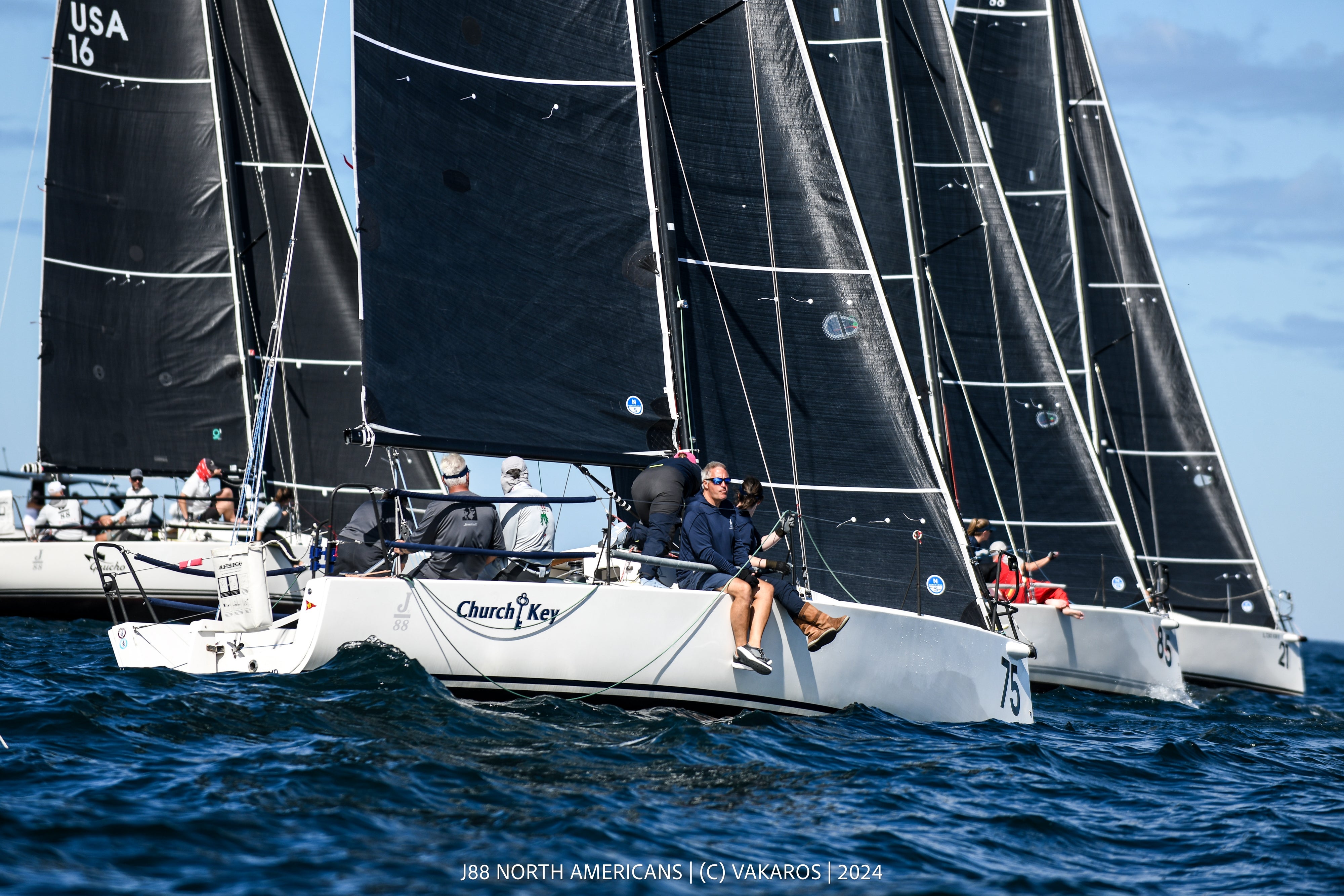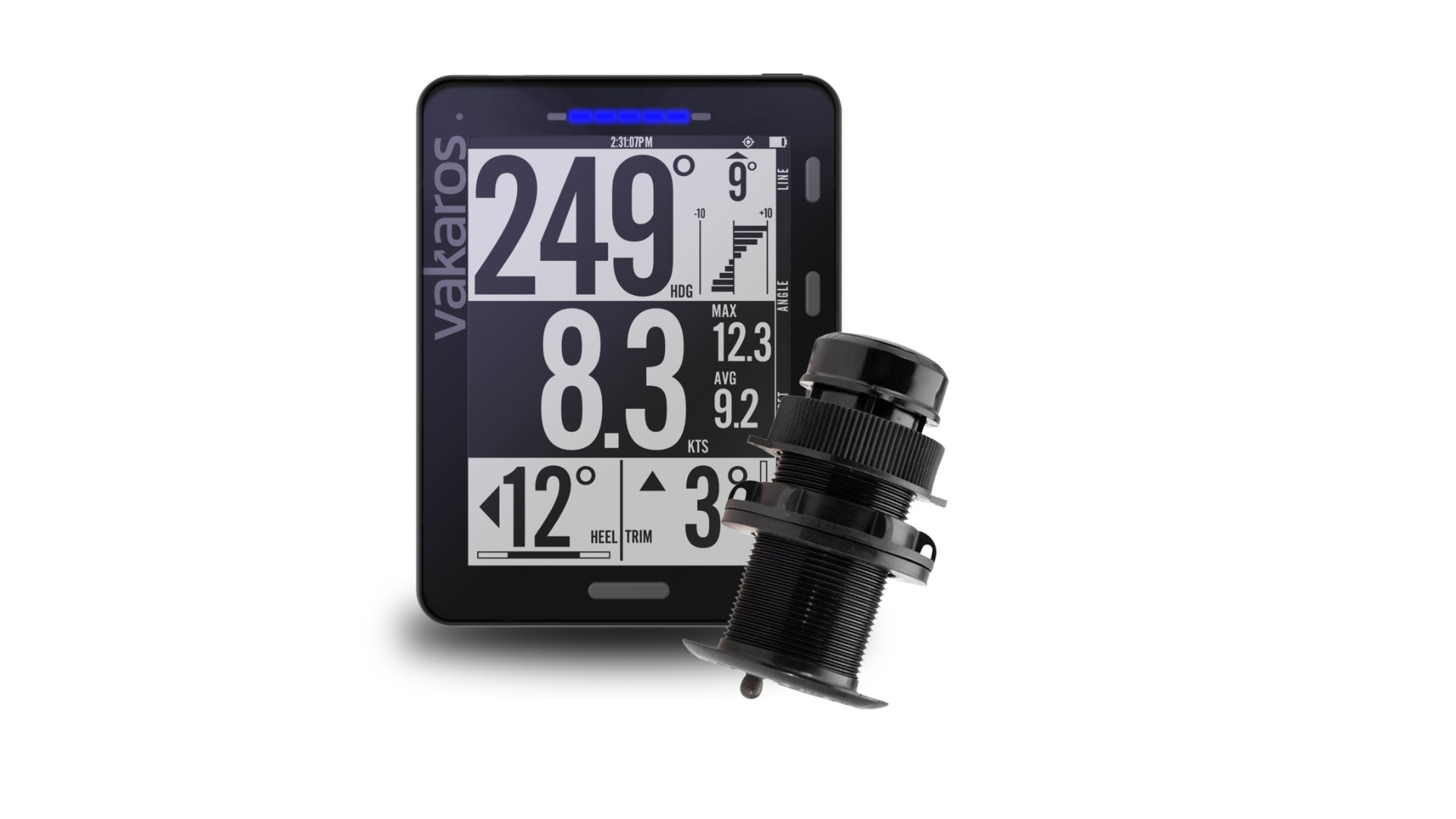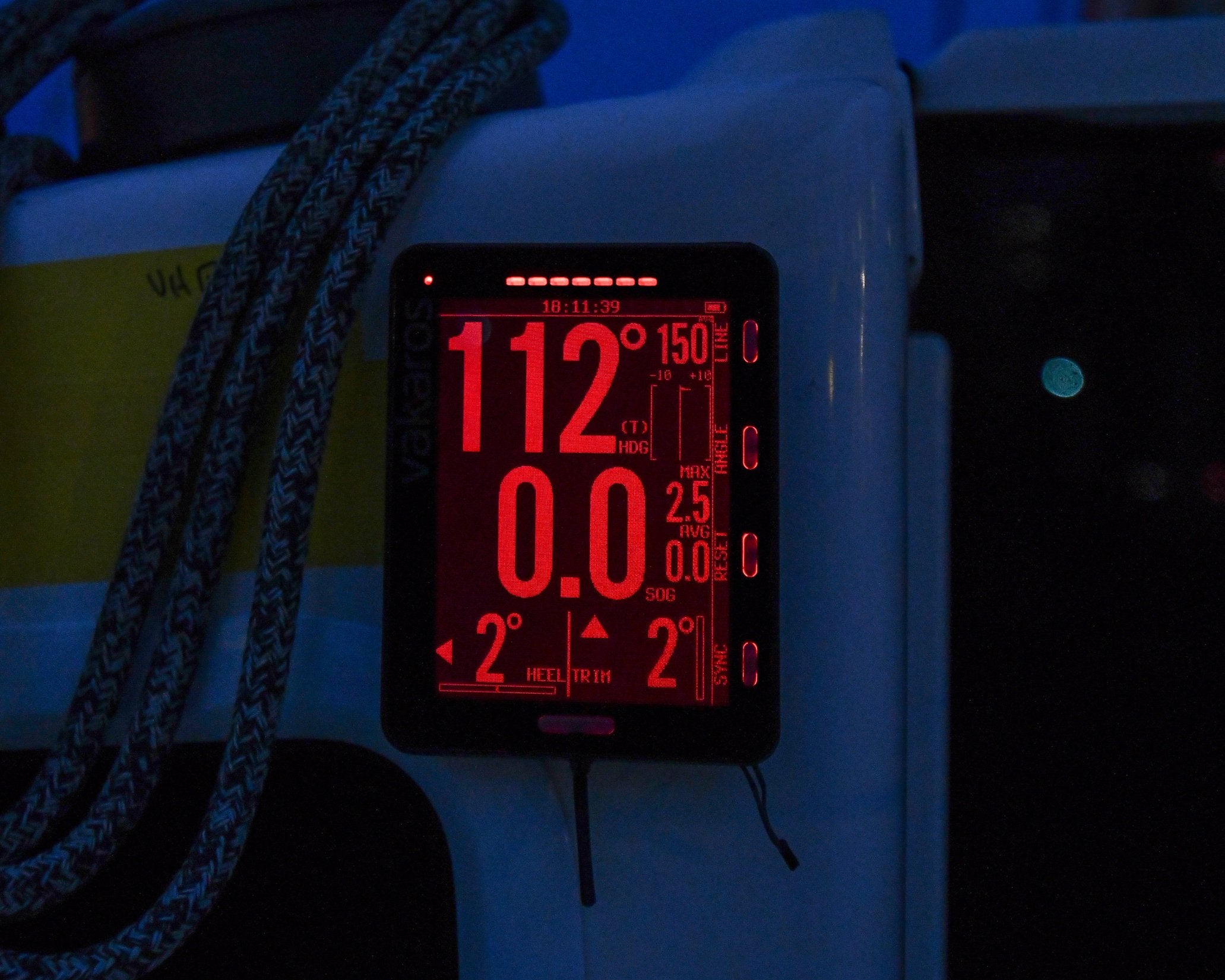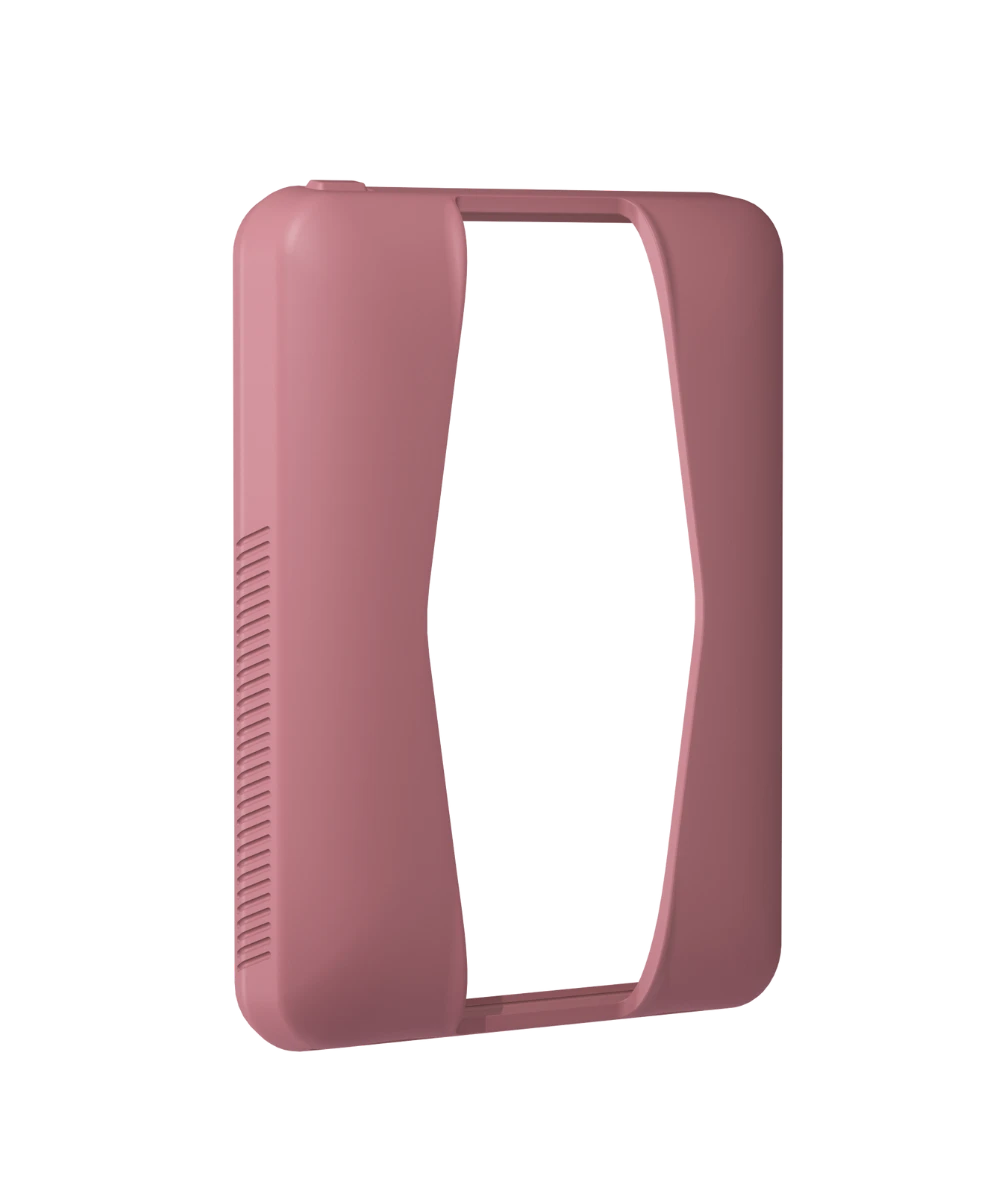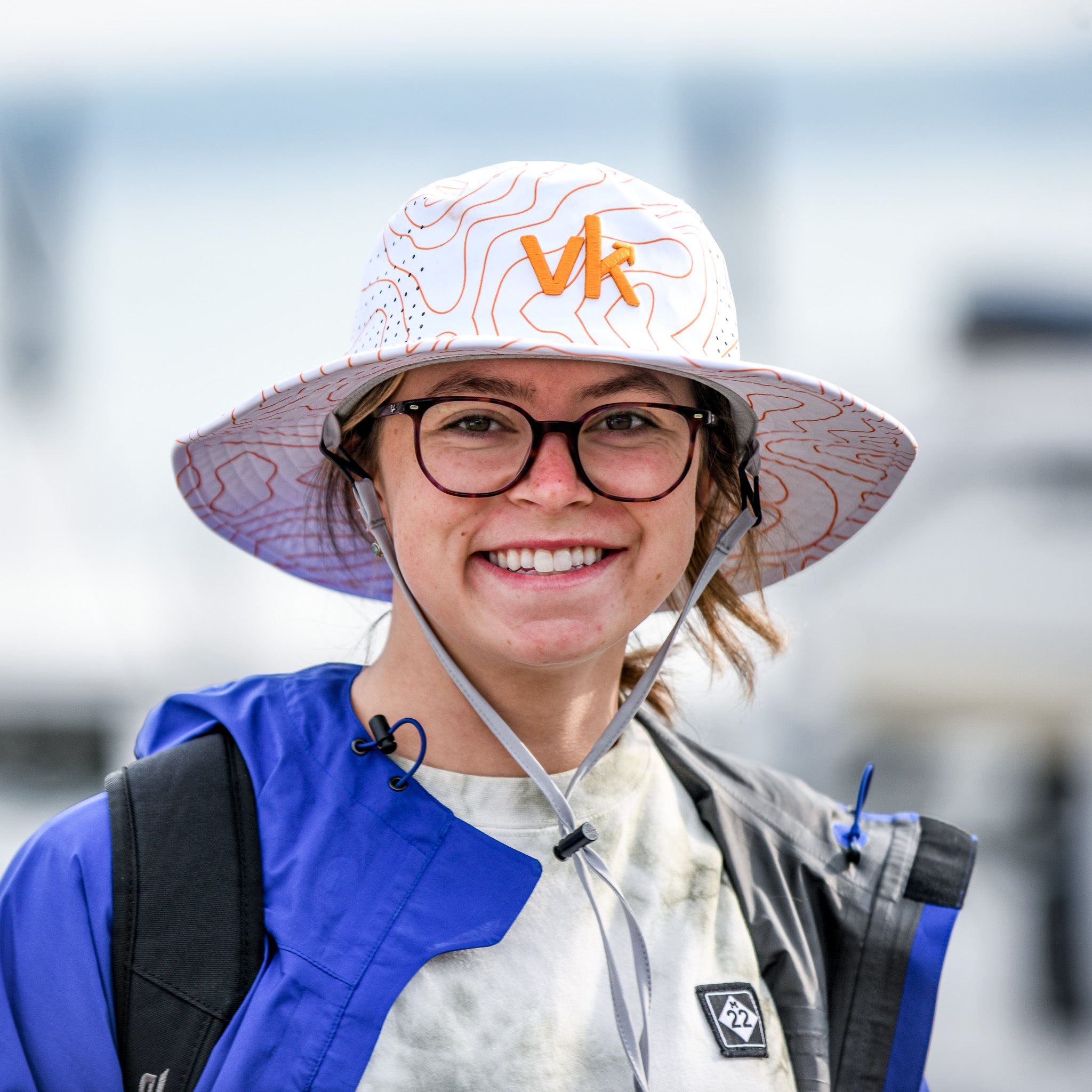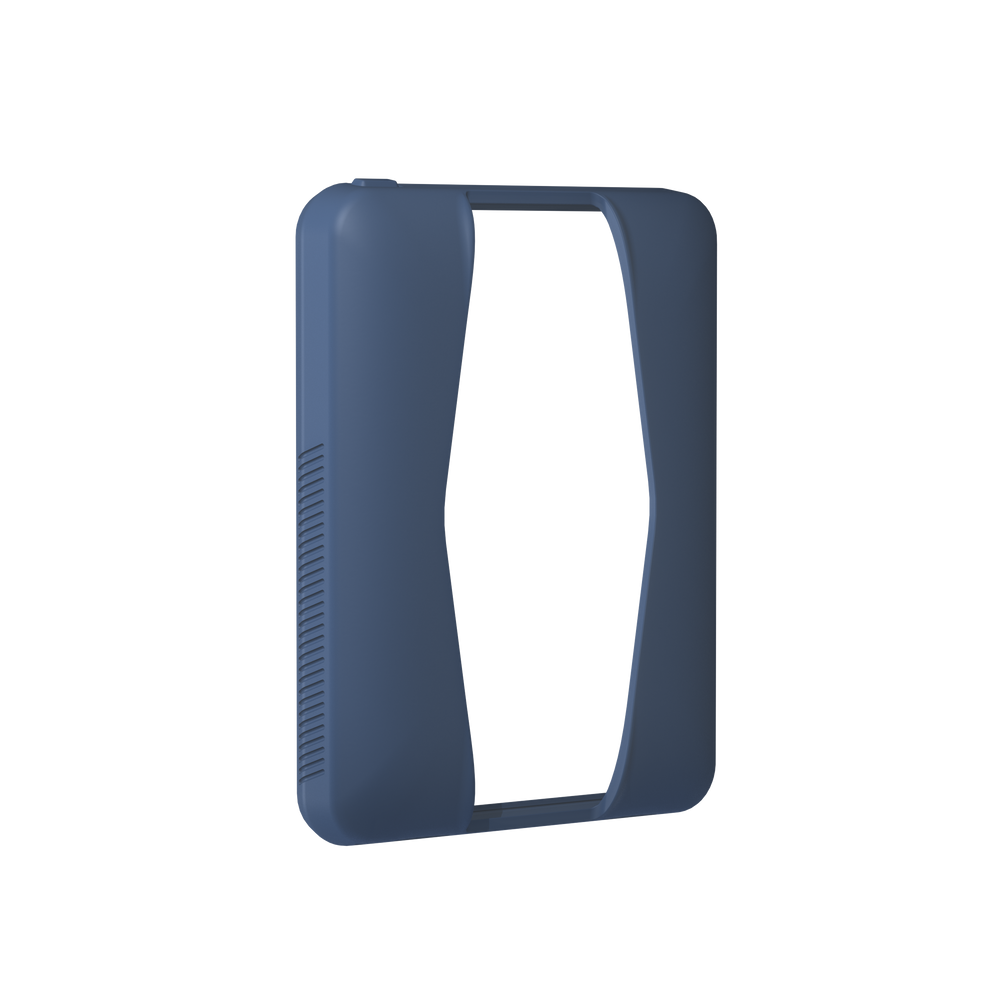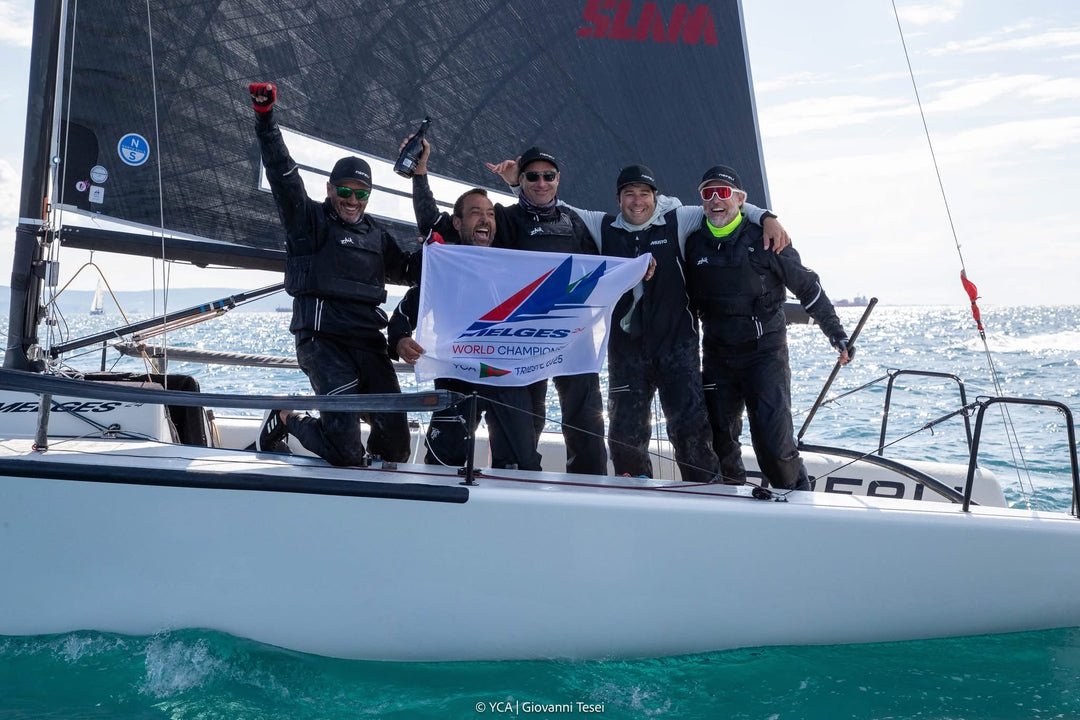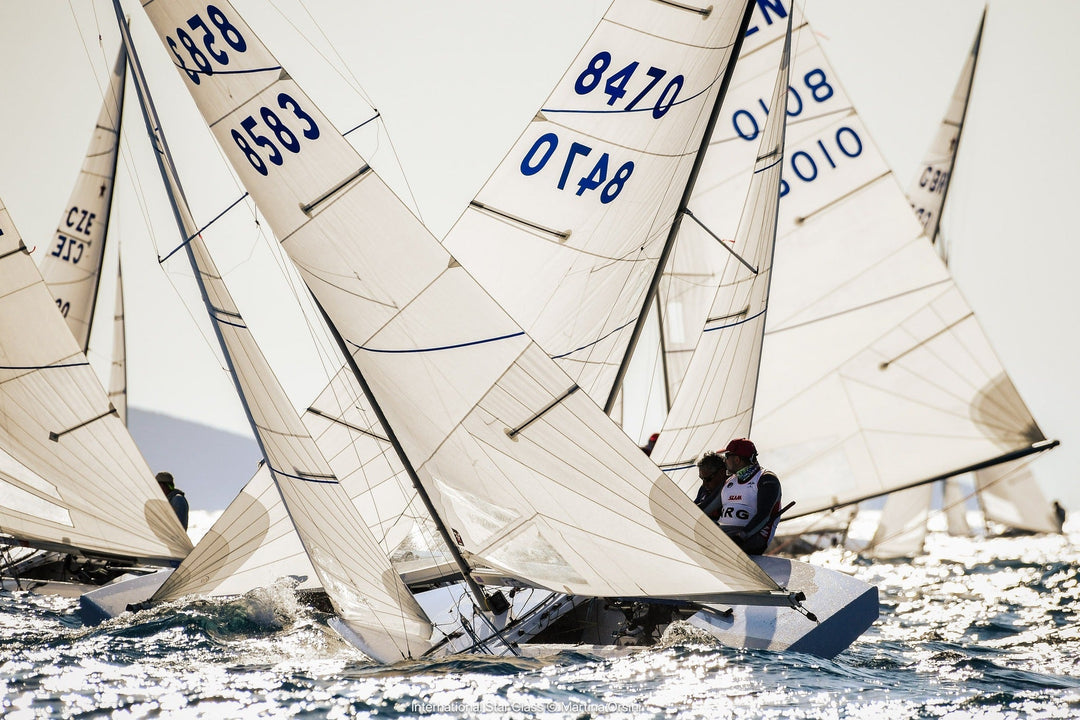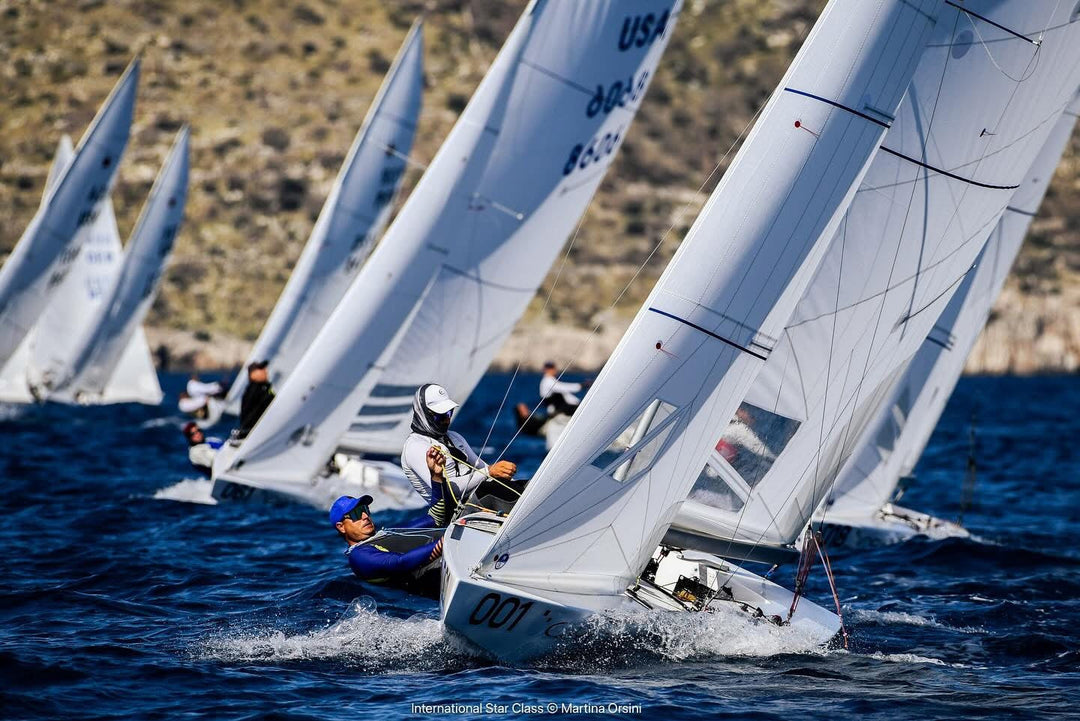A brief history of Race Management
Sailboat racing has a long, rich history, with organized competitions documented at least as far back as the Roman Republic. While boat designs, technology, and materials have changed, we suspect that sailors throughout history have remained much the same. With that in mind, the first competition is likely even older still, around the time that two sailboats first appeared on the water together.
Throughout most of that history, the technology used to organize competitions has been pretty basic: fixed or floating points to define a course and a means of signaling a starting time, most commonly a flag. Along the way we developed a whole language of flags and added horns and watches, but the basic idea hasn’t changed much.
The 2013 America’s Cup, held in San Francisco, ushered in a new era for race management technology. Flags, horns, and watches were replaced by a sophisticated synchronized timing system built on the precision of GPS technology. The positions of the boats were measured with centimeter level accuracy, enabling electronic umpiring to aid and replace the traditional (and challenging!) job of calling a starting line by eye. This pioneering effort was initiated by Larry Ellison, whose Oracle Team USA narrowly but successfully defended the cup that year, and led by Stan Honey, who brought years of experience delivering advanced technology for other sports.

Overview of original LiveLine system, IEEE Spectrum
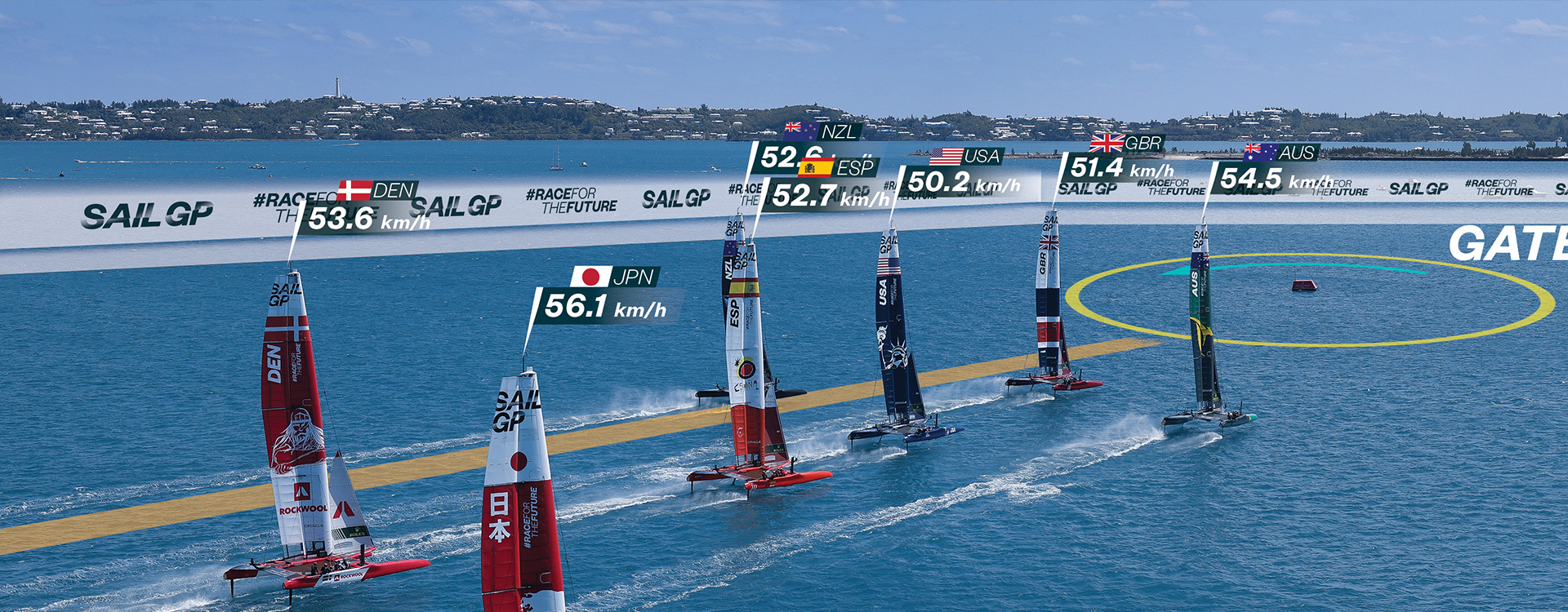 SailGP LiveLine Broadcast, SailGP Technologies
SailGP LiveLine Broadcast, SailGP Technologies
We remain in awe of what Stan Honey and his team accomplished, demonstrating for the first time how technology could help deliver better racing. The only real drawback was that the LiveLine system was developed on an America’s Cup budget—$100,000 of equipment on each boat, a team of people on shore to keep it running, and multiple helicopters overhead!
From the first days of founding Vakaros, we were fascinated and inspired by LiveLine, and dreamed of bringing even a fraction of the capabilities to other levels of the sport. We poured over every scrap of technical information we could find, piecing together an understanding of how LiveLine worked and what the key components were.
It took years to refine this understanding into a workable concept that could operate without an America’s Cup budget (or helicopter!). This led us to making a proposal to the M32 class for a system we called StartSense, in 2018. While this didn’t come to fruition, it set us on a clear path, guiding the development of the Atlas 2 to include all the core hardware necessary, and finally, in January, 2023, we launched RaceSense with the M32 Class in Miami. Remarkably, our concept from five years earlier had required only small revisions, and shares many core ideas with LiveLine.
RaceSense continues to develop, and has grown even more capable and accurate over the past 18 months. It is the most widely used race management technology in the world, and has made more than 25,000 start line determinations, across hundreds of events in dozens of countries. We’ve also partnered with the SailGP Inspire program, bringing RaceSense full circle, to operate side-by-side with LiveLine. In September 2024, RaceSense will be running the J24, J70, and M32 World Championships, along with many other events. We look forward to continuing to advance technology within sailing, and we can’t wait to bring RaceSense to an event near you.




